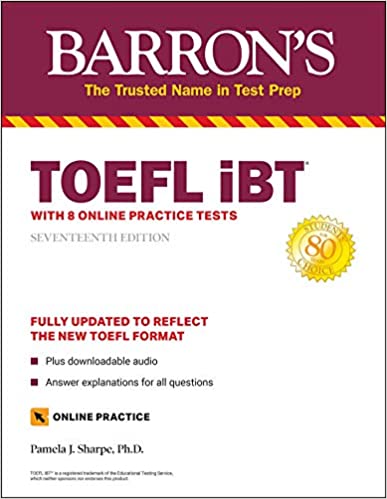YouTube is unavailable in a number of non-English speaking countries. Fortunately, there are alternatives to YouTube for English practice. In this post, we’ll look at other video sharing websites where you can find English language lectures, English learning tutorials, and so forth.
Alternatives to YouTube for English practice: Sites that re-post YouTube content
Many of the videos on YouTube also appear on other sites. Ororo.tv, a Russian site for learning English, has reposted many entire YouTube channels to its homepage. Ororo’s YouTube-based archive focuses on YouTube’s academic lectures, which are useful for TOEFL/university English listening practice. Ororo’s reproduced YouTube channels include the Minute Science channels, Minute Earth and Minute Physics. And Ororo has the videos for Veritasium and Big Think, two other TOEFL-like YouTube channels. Channels specifically for ESL students are included too. Ororo has archived the YouTube videos for Rachel’s English, JamesESL, and a few others.
Then there’s iTunes. Quite a few YouTube channels offer audio-only versions of their videos through Apple’s iTunes download service. The best part about this is that you can download this content to your phone or your computer. To give a few examples, the lectures from the UC Berkeley YouTube channel are available on iTunes, and so are the talks from Minute Earth, Minute Physics, and Voice of America.

Alternatives to YouTube for English practice: Other websites with original material
There are also many websites with their own original English learning audio and video. Remember how I mentioned iTunes above? iTunes has plenty of its own English materials in addition to the content it duplicates from YouTube. Lots of ESL lessons can be found under iTunes’ education category. And be sure to check out iTunes U, an app for English language university lectures and other educational talks in English.
Then there’s DailyMotion. This alternative to YouTube for English practice is a video streaming website. Like YouTube, this site is user controlled, meaning that many different people and organizations can upload videos for English learning. So if you’re in a non-YouTube country, be sure to check out Daily Motion.

The takeaway
If you are in one of the many parts of the world where YouTube is unavailable, seeing a YouTube link can be frustrating. But in English, we have a saying: “Information wants to be free.” This means that in the age of the Internet, it’s rare for information to be truly unavailable. If you see a link to something you want on YouTube, look for that same information elsewhere on the web. You may find a similar video or sound clip that works just as well for you. Or you might find the exact YouTube video you wanted, reproduced on a different website.






Leave a Reply